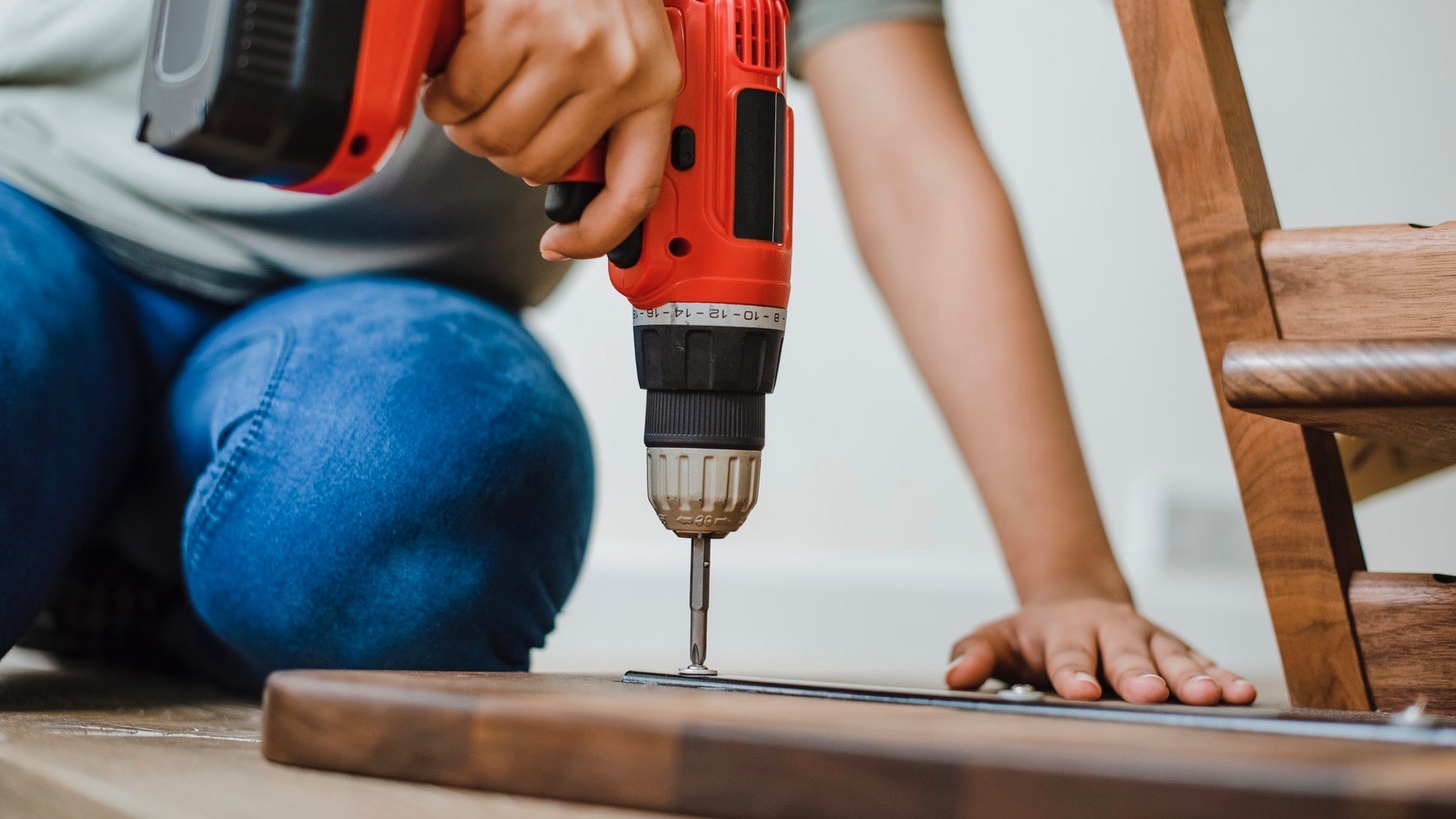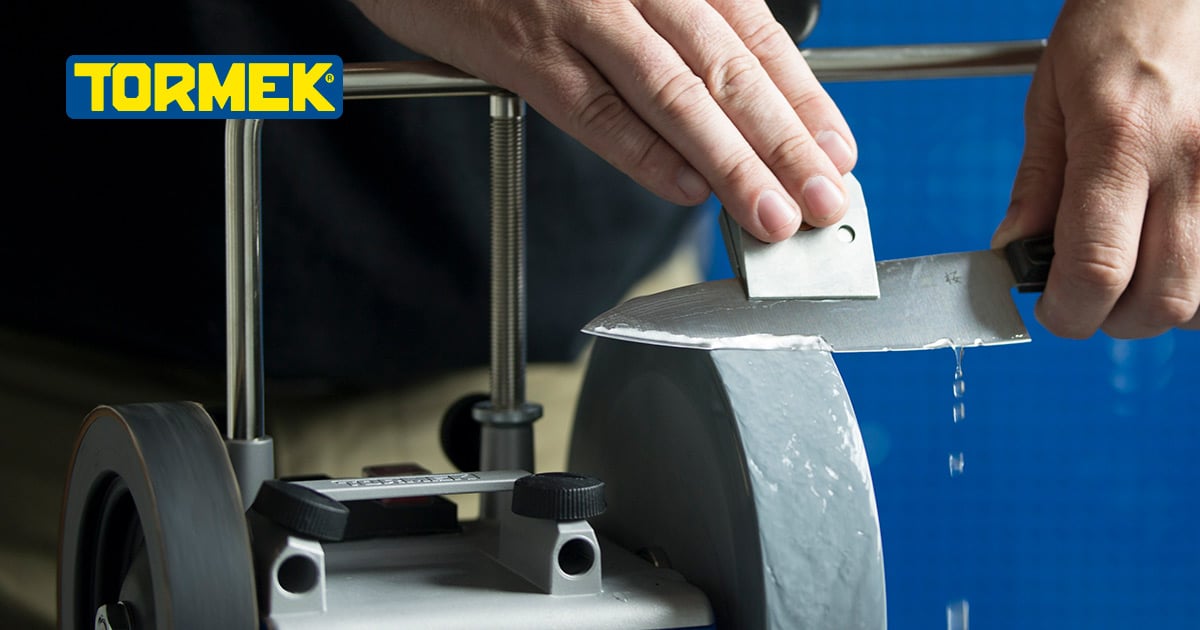A renovation is rarely a simple process. With so many moving parts of which to keep track of, and the ever-present potential for an unexpected development or setback to show up, it’s impossible to plan for everything.
When you have a consistent checklist for your renovation company to follow, however, you’ll be better prepared to deal with whatever the job throws at you.
Inspect the Home
Before you begin renovating—or even designing a plan for a renovation—you’re going to want to do an inspection of the home as it currently stands. Even if a client hires you for a specific task, it’s always important to do a survey of the house’s structure, foundation, and general damages as these could all affect the renovation if not acknowledged or taken care of first.
Generally speaking, you should inspect the following aspects of the home for damage, leaks, cracks, and other issues.
-
Roof
-
Foundation
-
Yard, walkways, and driveway
-
Appliances
-
Walls
-
Ceilings
-
Floors
-
Electrical
-
Plumbing
-
Water heater and pressure
-
Ventilation
If your job is to renovate a bathroom, for example, you would want to know ahead of time if there’s a build-up of mold in the walls. If you started tearing down walls before doing an inspection, stumbling onto a problem like that could slow things down, increase the cost of the project, and leave both the contractor and the client in a tricky situation.
When you inspect the home before starting the rest of the project in earnest, you’ll be able to identify potential roadblocks and preemptively plan a strategy for dealing with them before they become a problem.
Design the Dream
Once you’re familiar with your client’s desires and their home’s general condition, you can begin designing a renovation blueprint. A good design is based on the client’s requests and desires for the renovation, their overall budget, current home design trends, and the needs of the home itself.
In addition to your standard questions about budget and timeline, you should ask some qualitative questions such as:
-
What activities do you envision yourself enjoying in this newly remodeled space?
-
What are some of the reasons you wanted to renovate this space in the first place?
-
Do you have any furniture, appliances, or equipment in mind to be added to this space?
If your initial inspection unveiled repairs that need to be done, then include those in the blueprint so the client will have a clear idea as to what the renovation process will look like, how long it will take to finish, and what the finished product will look like. The more informed the client is on the process, the clearer their expectations will be, and the clearer their expectations are the better equipped you’ll be with the information needed to bring those expectations into reality.
Bring it to Life
Your home renovation checklist will end when you and your team inevitably bring the client’s renovation dreams to life.
Whether you’re applying a fresh coat of paint, updating the layout of the home, adding appliances to a newly remodeled kitchen, or completely redesigning the form and function of the home, you as the renovator have the unique privilege and responsibility of taking all of your client’s hopes, dreams, and ideas and converting them into a concrete, practical reality.
This may not be a simple task, but it is a vital one. Regardless of the size or scale of a project, the final item on your checklist should always be to “Bring the dream to life.” This will delight the client, build a healthy relationship with them, improve your company’s reputation, and grow your clientele in meaningful and productive ways.









